
Riesling plays a very important role in German sweet wine. For me, Riesling Auslese wines from the Mosel region are definitely among the best. This time, we tasted the Riesling Auslese Pündericher Marienburg Fahrlay 2017 from the Clemens Busch winery. The Busch winery in Pünderich on the Mosel, represented by Rita and Clemens Busch and their son Johannes, cultivates around 20 hectares of vineyards. Most of these belong to the Grand Cru Marienburg, with a smaller portion belonging to the neighbouring Premier Cru Nonnengarten. Riesling is the dominant variety, accounting for 99% of the vineyard.

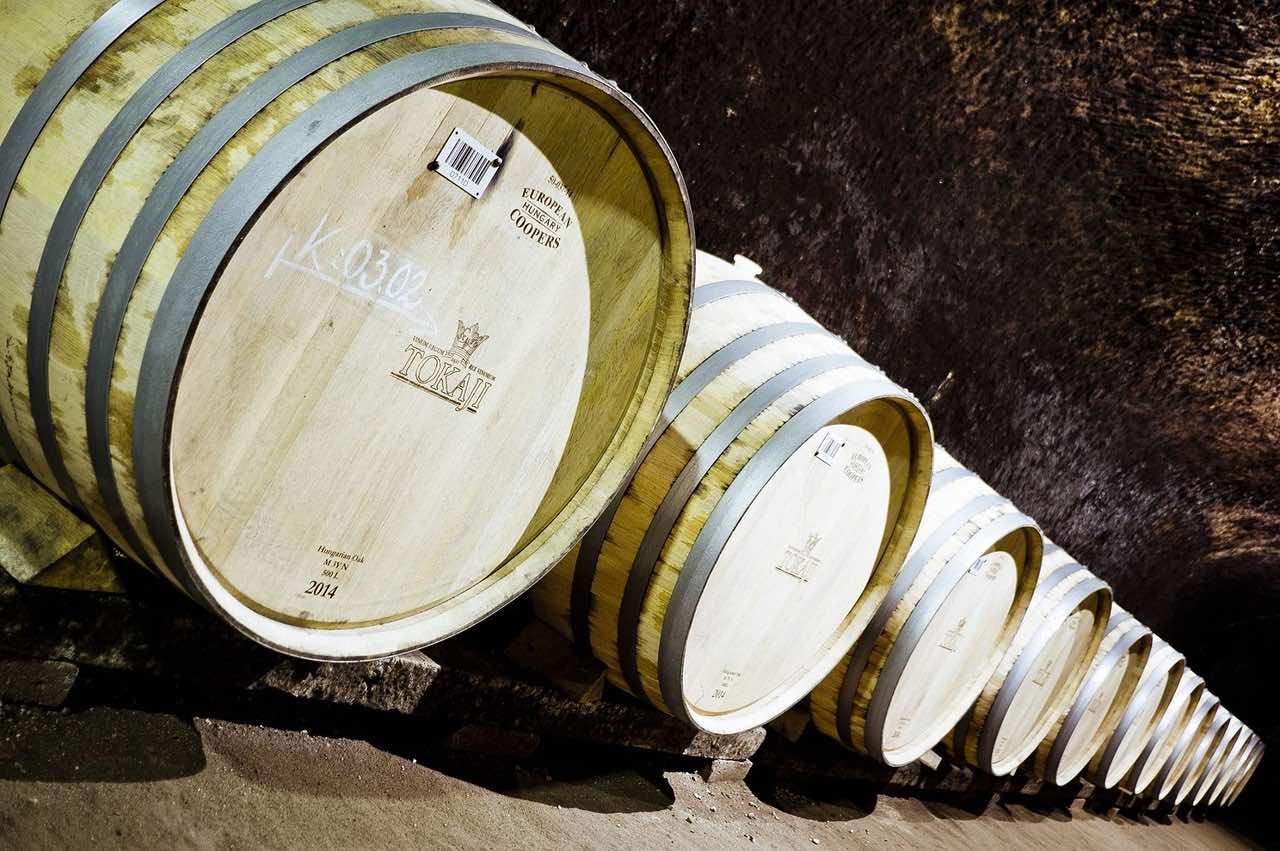
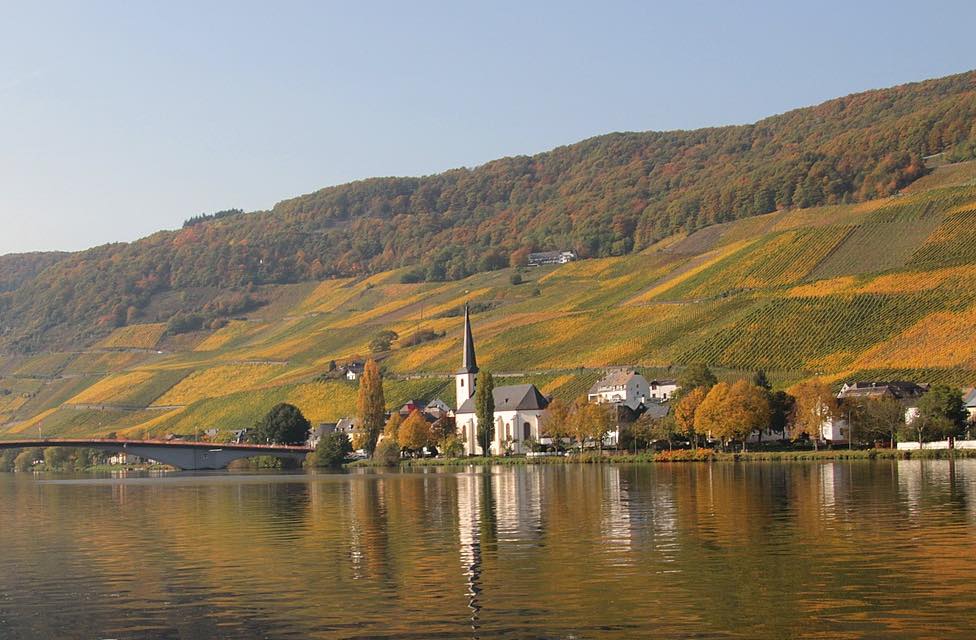

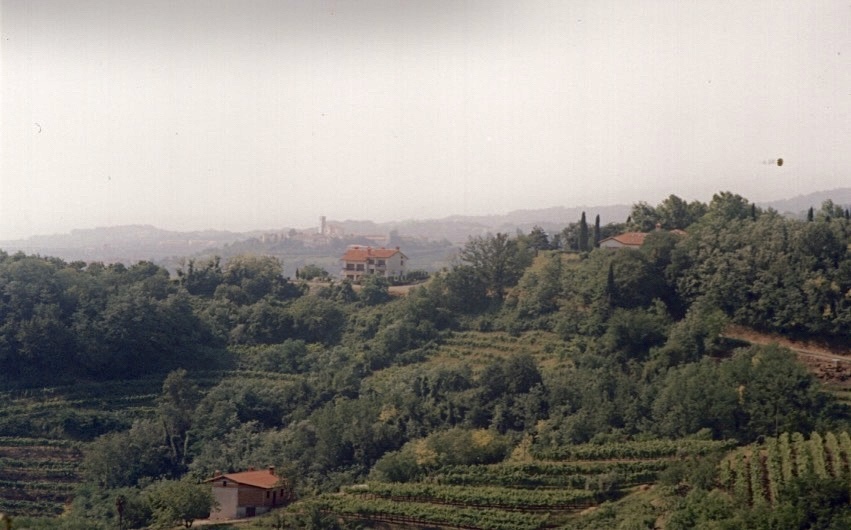 The Friulian DOC Colli orientale, like the DOC Collio, only came into focus in the 1970s, when both entered the wine market with large quantities of cool-fermented, fresh, fruity and aromatic white wines. This was mainly because the wines were made from internationally known varieties, especially Pinot Grigio, Chardonnay and Sauvignon Blanc. In the 1980s, international red wine varieties such as Merlot, Cabernet Sauvignon, Cabernet Franc and Pinot Noir were increasingly planted in order to better position themselves internationally in the red wine sector.
The Friulian DOC Colli orientale, like the DOC Collio, only came into focus in the 1970s, when both entered the wine market with large quantities of cool-fermented, fresh, fruity and aromatic white wines. This was mainly because the wines were made from internationally known varieties, especially Pinot Grigio, Chardonnay and Sauvignon Blanc. In the 1980s, international red wine varieties such as Merlot, Cabernet Sauvignon, Cabernet Franc and Pinot Noir were increasingly planted in order to better position themselves internationally in the red wine sector.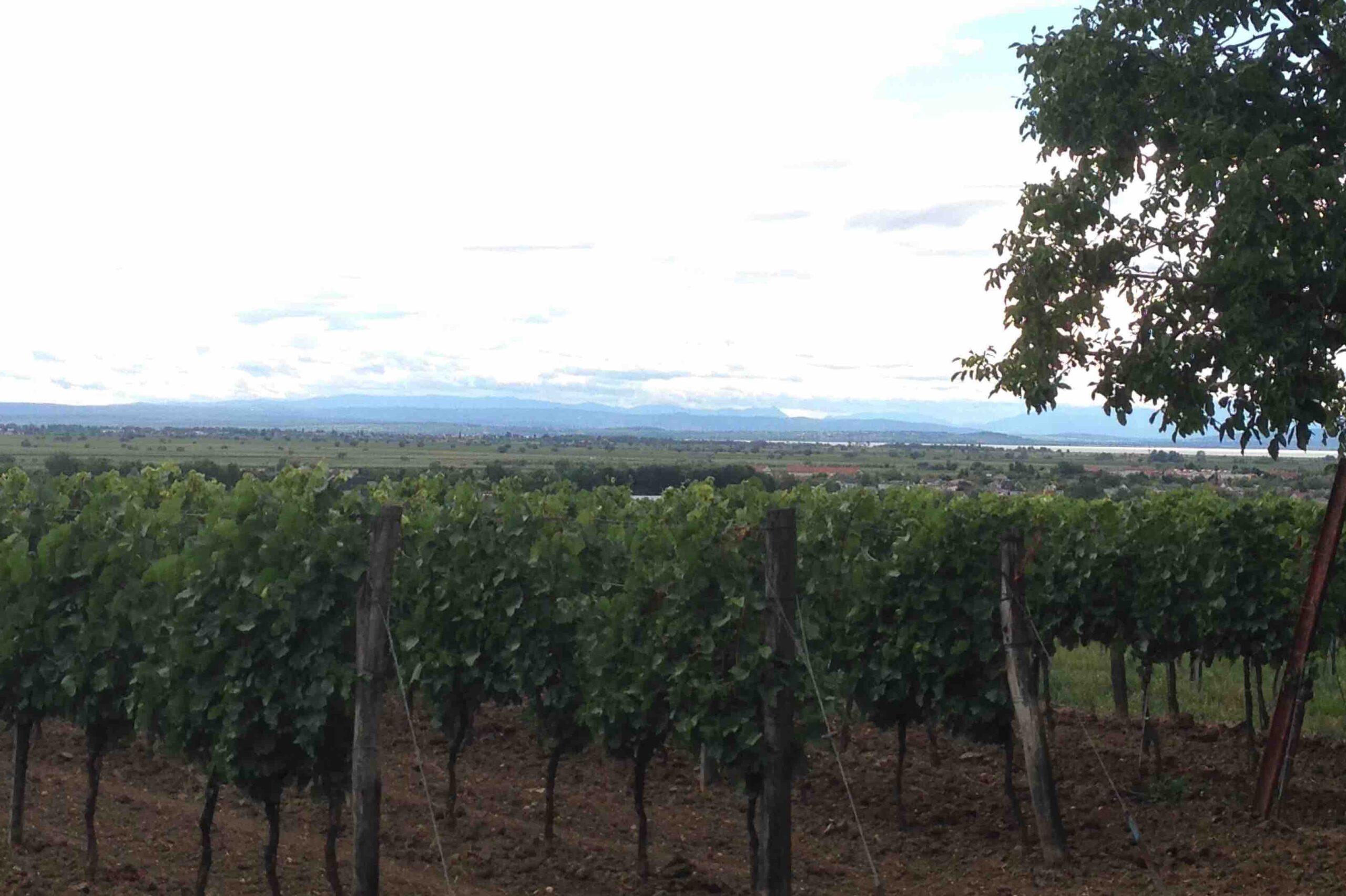
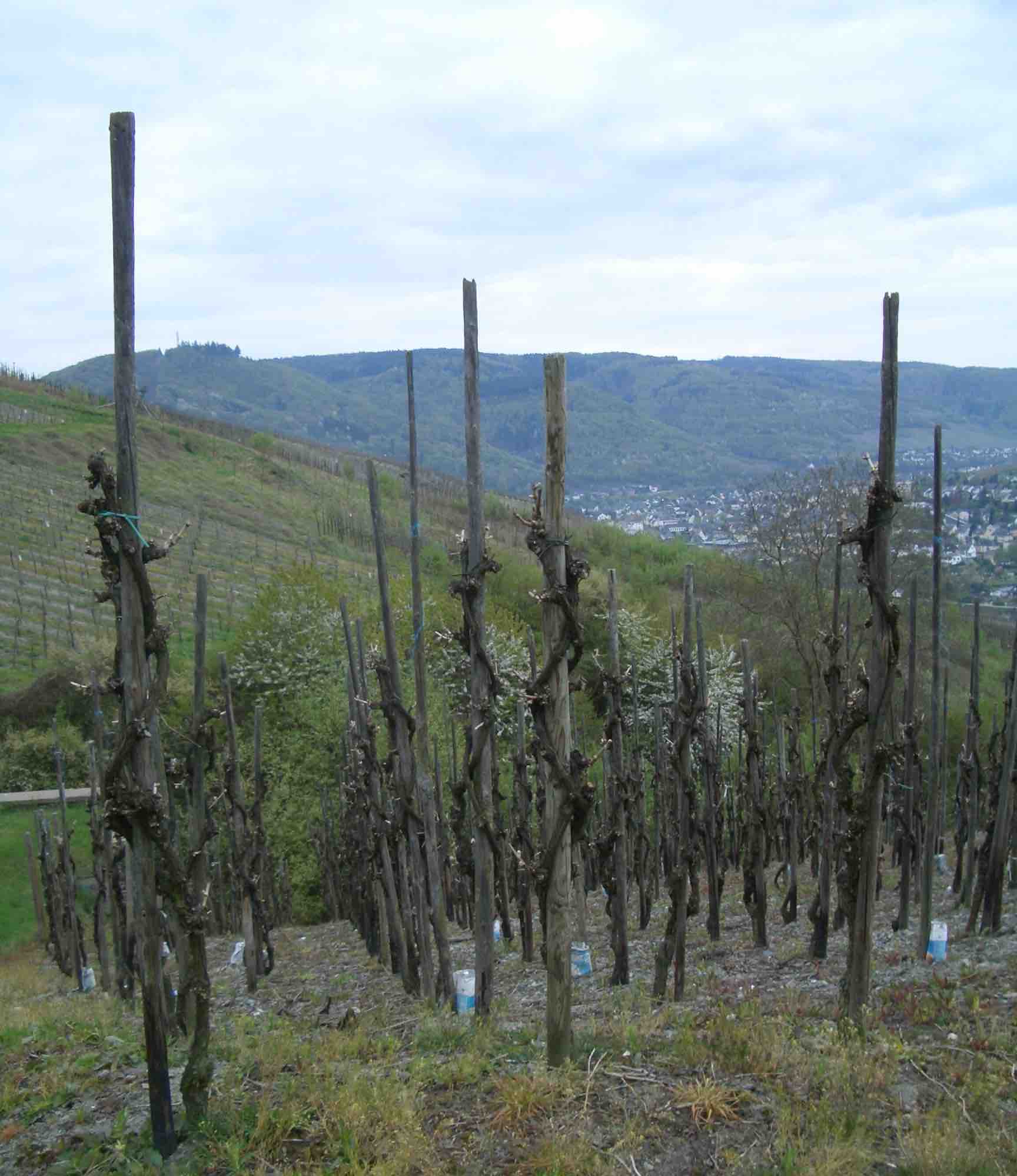

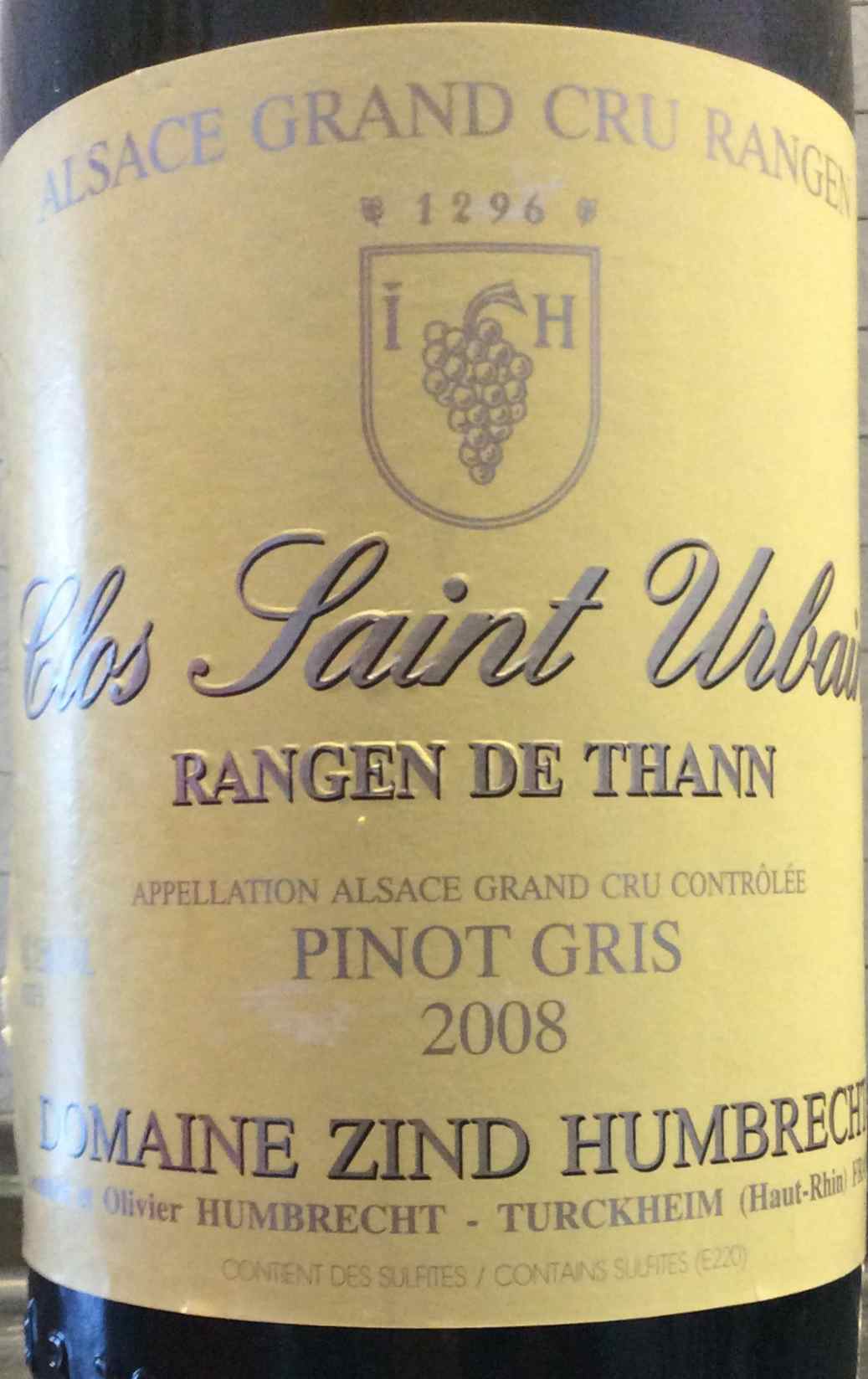 The most famous vineyard in Alsace is probably the Rangen de Thann Grand Cru, located in the south of Alsace. This Grand Cru is located near the town of Thann and has an average gradient of 60%. It lies at heihgts of 340 to 460 m and at its foot the River Thur provides the necessary moisture to support botrytis in autumn. Summers are warm and rainfall is low – 750 mm per year, which yet is more than …
The most famous vineyard in Alsace is probably the Rangen de Thann Grand Cru, located in the south of Alsace. This Grand Cru is located near the town of Thann and has an average gradient of 60%. It lies at heihgts of 340 to 460 m and at its foot the River Thur provides the necessary moisture to support botrytis in autumn. Summers are warm and rainfall is low – 750 mm per year, which yet is more than …